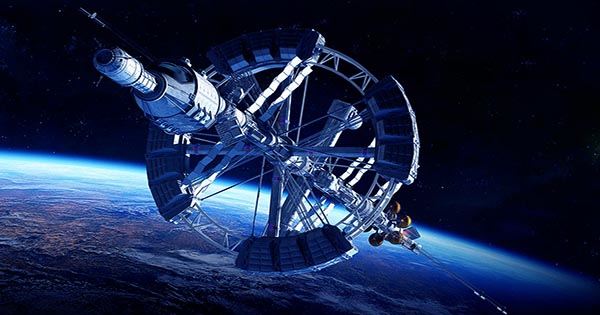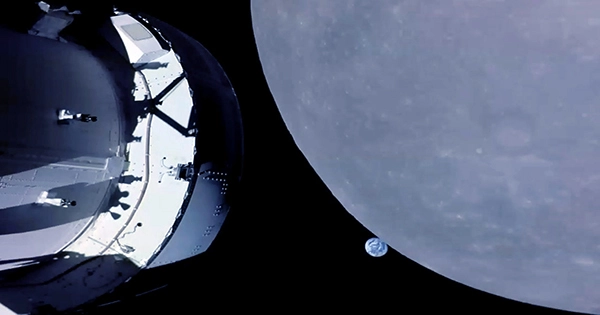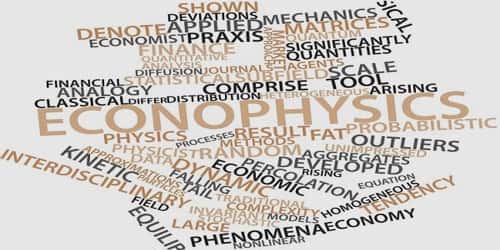For the first time in 50 years, NASA has a moon-orbiting spacecraft built for carrying people.
In order to demonstrate that it can transport passengers on its subsequent orbit around the moon, the new Orion spacecraft is currently performing Artemis I, its first lunar flight.
After that, NASA plans to send people to the moon for the third time—the first time since the final Apollo mission in 1972.
This new moon landing is just the start of NASA’s plans to establish a new space station in lunar orbit and construct a permanent base on the moon by 2025. The organization intends to send astronauts to Mars after that.
Bill Nelson, the administrator of NASA, said to Insider in August, “We’re going back to the moon this time to live, to learn, to create the technologies, the equipment, the instruments, and the systems to explore further out.”

Currently, Orion is testing its systems and the radiation exposure levels to prospective humans while zooming around the moon with a group of mannequins inside. The outcome of this mission, which launched on November 15, will determine whether or not NASA can achieve its ambitious objectives for the moon, its goals to send astronauts to Mars afterward, and its $50 billion investment. In 2005, NASA started constructing the Orion spacecraft.
Flight controllers gave the spacecraft the go-ahead on Friday to start its maneuvering engine and propel itself into an orbit around the moon that should take it 268,552 miles away from Earth, which is the farthest any spacecraft intended for carrying people has ever traveled.
A significant accomplishment of the mission is starting the lunar orbital voyage. But until Orion restarts its engines to push itself back toward Earth, survives a fiery fall through the atmosphere, and splashes down safely in the Pacific Ocean on December 11, Artemis I won’t be a success.
The mission’s biggest test is that. Orion must remain intact and keep any astronauts inside safe from the blistering plasma that gathers around it as it speeds through the atmosphere thanks to the heat shield, a protective barrier that spans the bottom of the capsule.
Nelson said that the expedition would be a success even if we were to do nothing else. This new heat shield and material are being tested for the first time, and that is the main goal.
















